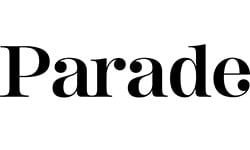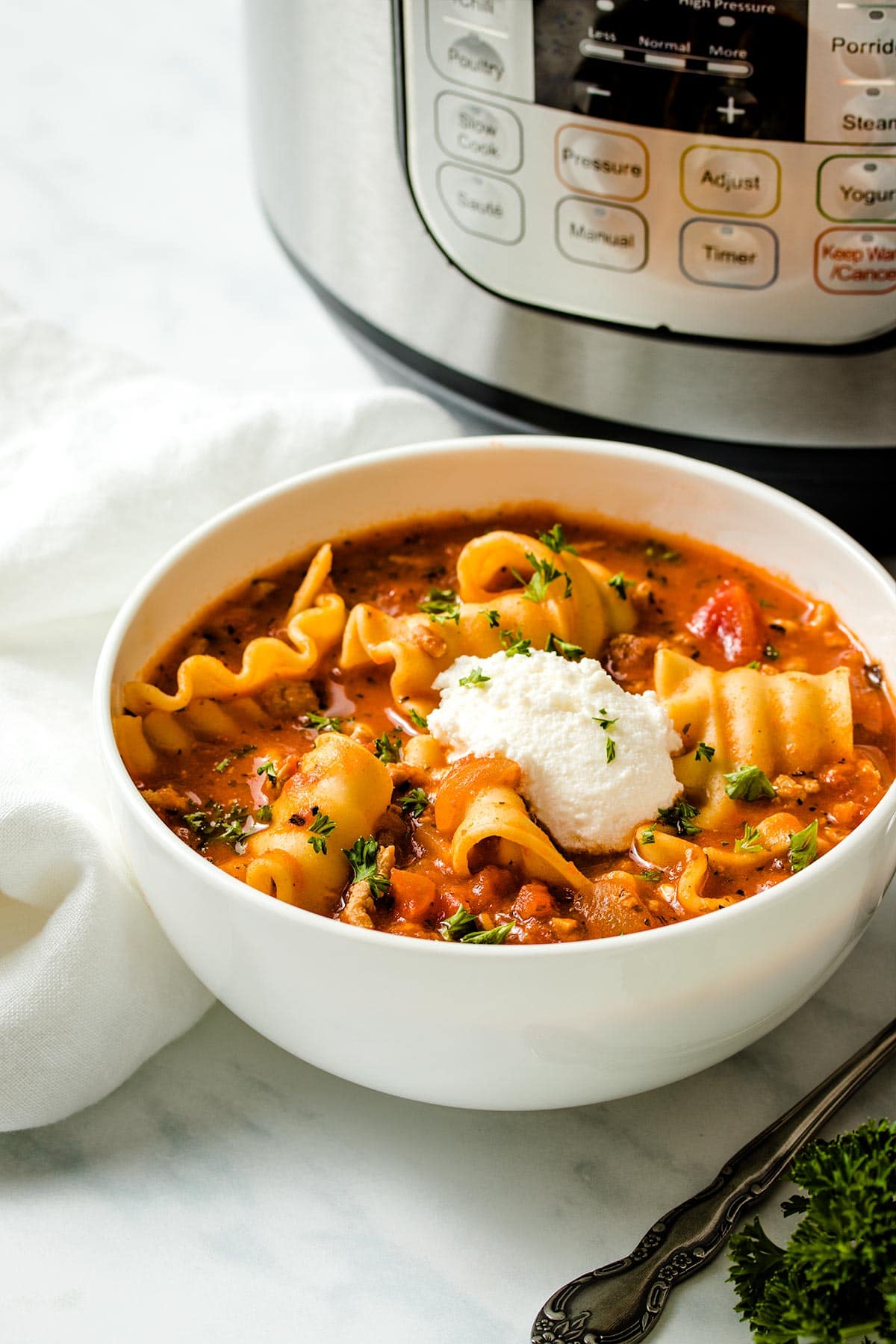20 Best Meal Prep Tips (printable cheat sheet!)
This post may contain affiliate links. As an Amazon associate, I earn from qualifying purchases. Read our full disclosure statement.
Read on to learn my 20 Best Meal Prep Tips and get your free printable meal prep cheat sheet! You’ll become a meal prep pro in no time!
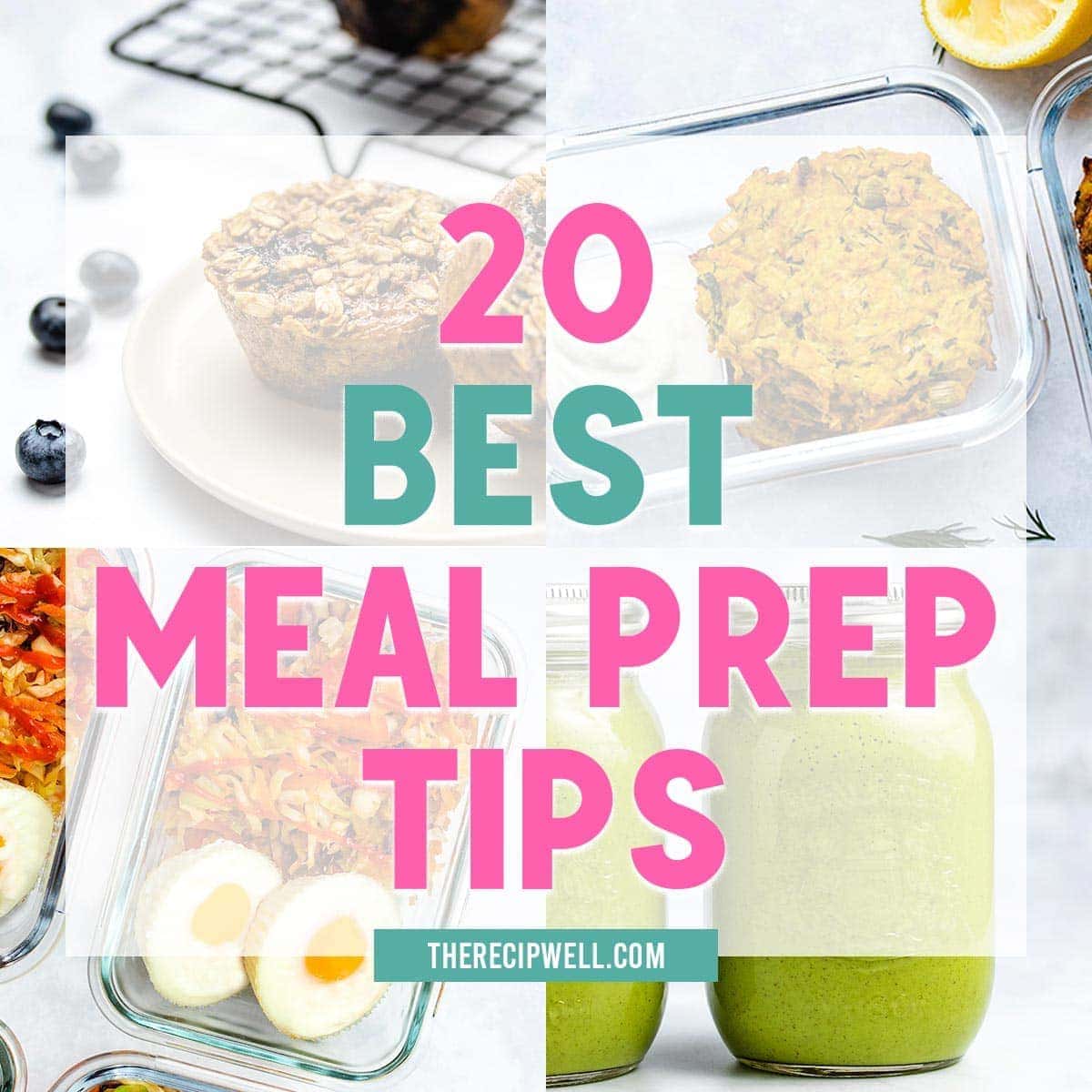
Sign up here to get a free printable cheat sheet!
1. Start with the meal that you struggle with the most. Prep for this meal for a few weeks until you get the hang of it, then add another.
2. Plan ahead. Know which days you will have time to cook, versus those that you won’t. Prep for the days you’ll be short on time. Meal planning will help with this!
3. Prepare big batches of component ingredients. For example, make a large batch of quinoa to use in two recipes, like this quinoa salad and this quinoa snack cake. This way you’re only dirtying the pot once. Yay for fewer dishes to clean!
4. Prep parts of a meal ahead of time. You don’t need to prep the entire meal ahead of time, but preparing part of a meal, like chopping vegetables on Sunday for a stir fry on Tuesday, will make busy weeknights a lot easier!
5. Use small kitchen appliances to make your life easier. You can prepare more than one meal at a time. I’ll often have a meal cooking in my slow cooker while another is in my Instant Pot. If I’m really organized, I’ll even have something in the oven at the same time.
6. Use inactive time while a recipe is cooking to prep for another. For example, while a soup is pressure cooking in the Instant Pot, use that time to make your kids’ school lunches or chop vegetables for dinner the next day.
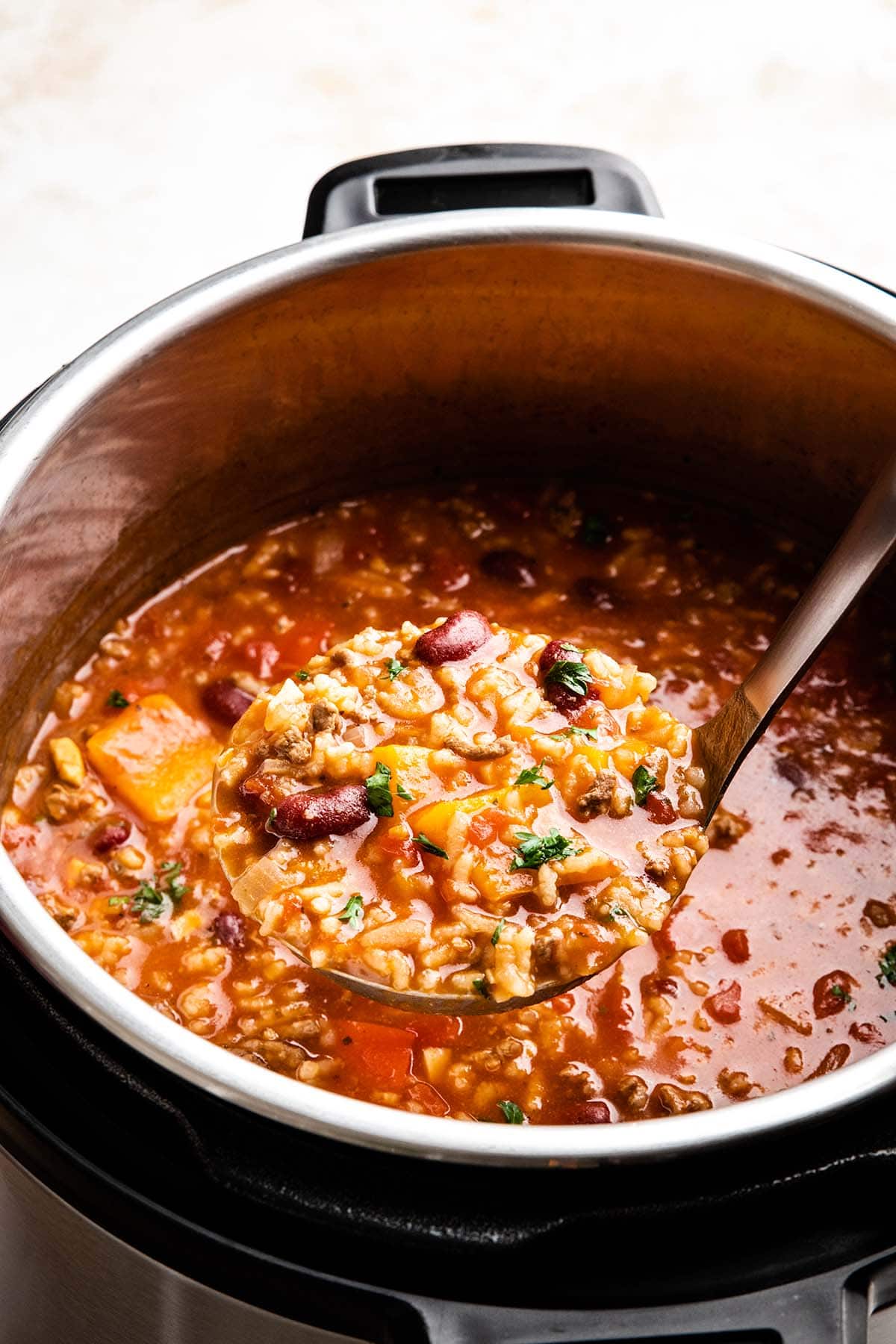
7. Make double or triple batches. Then freeze single or family-size portions. Be sure to label with the name of the dish and date, so you don’t end up with a mystery meal in your freezer!
Pro tip: If you have a deep freezer and tend to forget what’s in there (ahem, like me), keep a list in your kitchen of what you’ve prepped and when it should be eaten by! Now when you’re planning your meals for the week, you can reference your list to see if anything in the freezer needs to be eaten up.
8. Pick recipes that use common ingredients. I particularly like to do this with fresh foods to minimize food waste. Avoid recipes that call for an expensive ingredient you may only use once.
9. Learn to like leftovers. I’ve heard people say they won’t eat leftovers. No offense if this is you, but you’re crazy. All the time I save on a Wednesday at dinner (when my children are whining that they’re hungry and need dinner NOW), makes my reheated dinner taste SO much better (haha). Also, I don’t need to buy lunch at the office as often, which saves a ton of money over time!
10. Buy pre-cut veggies and fruit. If the time spent chopping is a barrier to preparing meals at home, buy the pre-cut stuff at the store (if your budget allows…they are more expensive). We don’t need anymore sad, soggy, rotting unused produce in the bottom our refrigerators, right? I call these “good intentions” vegetables.
11. Use frozen fruits and vegetables. Frozen fruits and vegetables are just as good nutritionally (sometimes better) than fresh, they’re often less expensive and don’t require chopping. I love frozen fruit for smoothies. Frozen vegetables are great as a quick side dish or thrown into soups and stews.
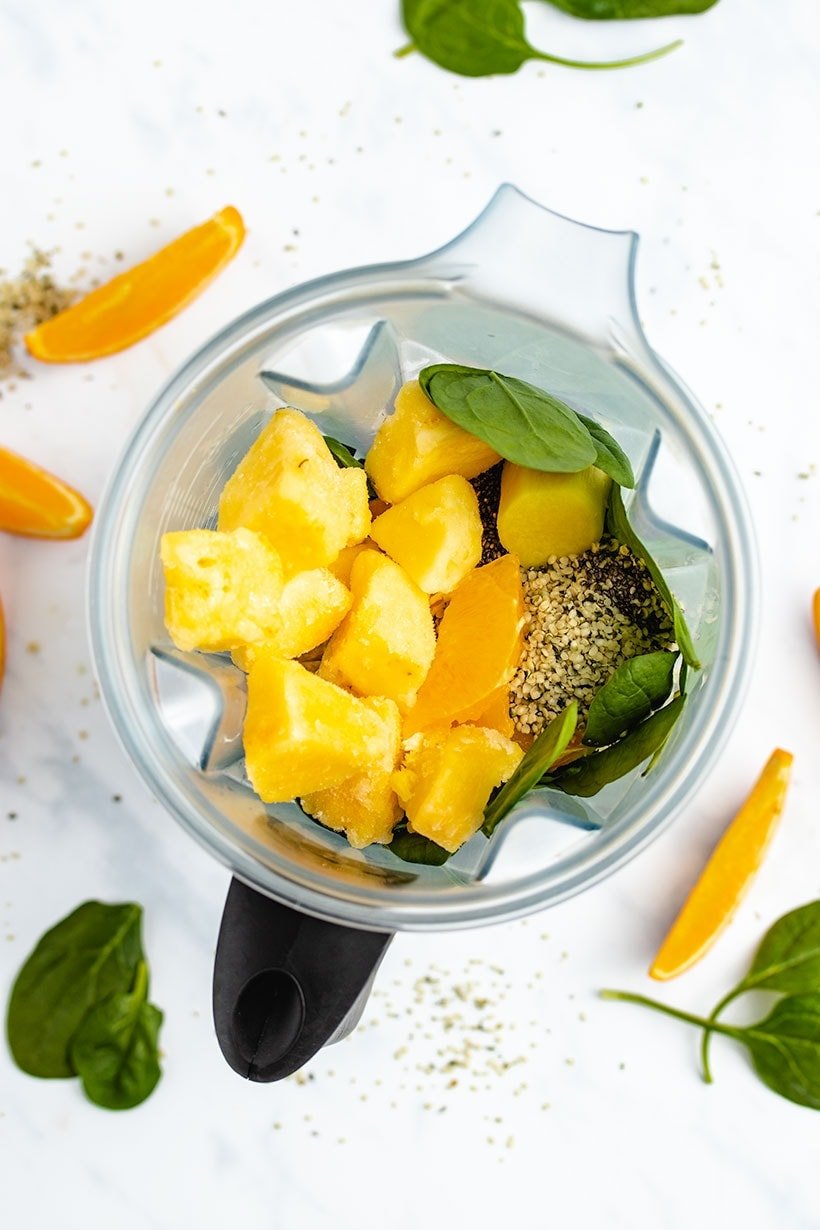
12. Invest in a good set of glass storage containers. I have a set I love from Costco, but you can also find some great options on Amazon. For smoothies, I recommend 500 mL / 16-ounce mason jars.
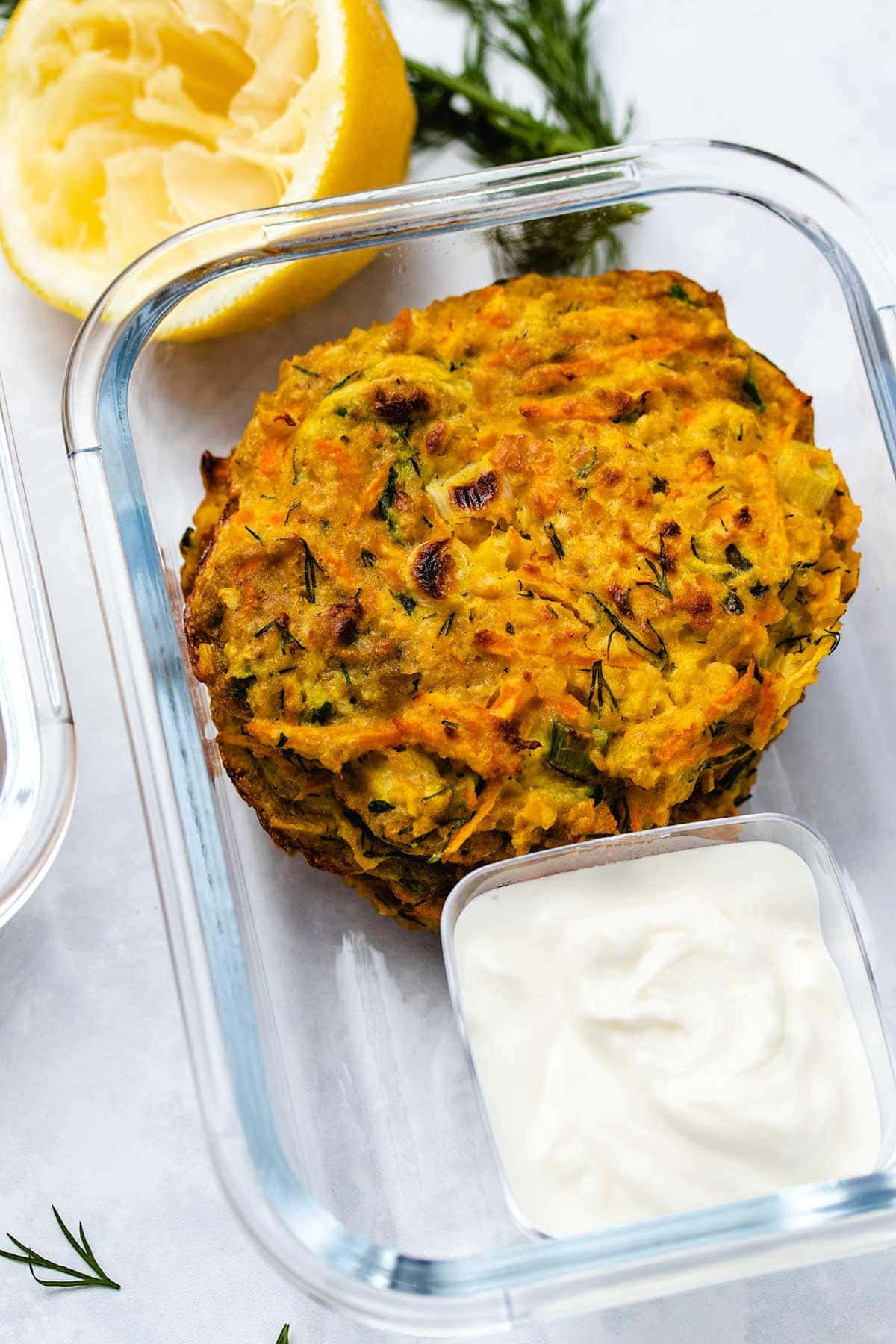
13. Know your food safety. When you’re making your food ahead of time, it’s really important to handle and store the food properly. Be careful of cross contamination in the kitchen if you’re preparing raw meats and ready-to-eat foods like raw vegetables. It’s important to cool foods quickly and refrigerate or freeze as soon as possible. You should also be aware of how long prepared food lasts (most meals will last up to 4 days in the refrigerator, if stored properly). Here’s a resource if you’d like to read more about general food safety.
14. Keep a running list of your meals. This is one of the key time-saving tips from my meal planning process. Meal prep gets a lot easier when you have a record of all your favourite make-ahead meals. Each week you can reference the list to come up with a quick meal prep plan.
15. Stock up on frequently used pantry items and spices. If you have the space, it’s worth keeping stock of things like canned beans and tomatoes, broth, oils and vinegars, almond milk, quinoa, pasta, baking supplies and common spices that are used in lots of recipes (think cumin, chili powder, oregano, garlic powder, onion powder, cinnamon etc.). You will thank yourself when you’re in a pinch and you find out you have all or almost all of the ingredients you need to make the meal. Often all I need to buy are some fresh vegetables or meat.
16. Keep your knives sharp. Prep goes faster with a sharp knife and you are less likely to injure yourself (you know, if the knife doesn’t go through the onion and instead slips off and slices your finger? Not pleasant). I’m totally guilty of not sharpening my knives enough. Do as I say, not as I do!
17. Buy multiples of commonly used kitchen tools. For example, I have a few sets of measuring spoons and cups, so I don’t need to pause my prep to wash them between different ingredients or recipes. Such a time saver!
18. Supplement with healthy store-bought foods. Not everything needs to be homemade to be healthy. For example, avocados can be quite expensive and I don’t necessarily have time to make guacamole each week (I can’t live without my guac). I’ll buy it pre-made from Costco and it’s ready in my fridge when I need it (and it’s cost effective this way!). I’ll also do this for hummus and basic salad kits.
19. Supplement with not-as-healthy foods. Seriously. Not every meal needs to be perfect. As an example, sometimes we buy frozen breaded fish sticks (the best quality we can find in terms of ingredients). They taste good. My kids like them. I just make sure half of our plates are filled with colourful foods like broccoli or salad.
20. Be patient and practice. Meal prep gets easier the more that you do it! Don’t forget to grab your free printable cheat sheet!
Do you have a meal prep tip to share with me?
Leave it in the comments below!
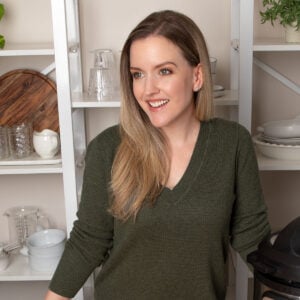
Hey, I’m Laura!
Creator of The Recipe Well
If you’re looking for easy meals and Instant Pot recipes, you’re in the right place! I use my nutrition degree to create simple, approachable recipes that will help you find your happy place in the kitchen.





